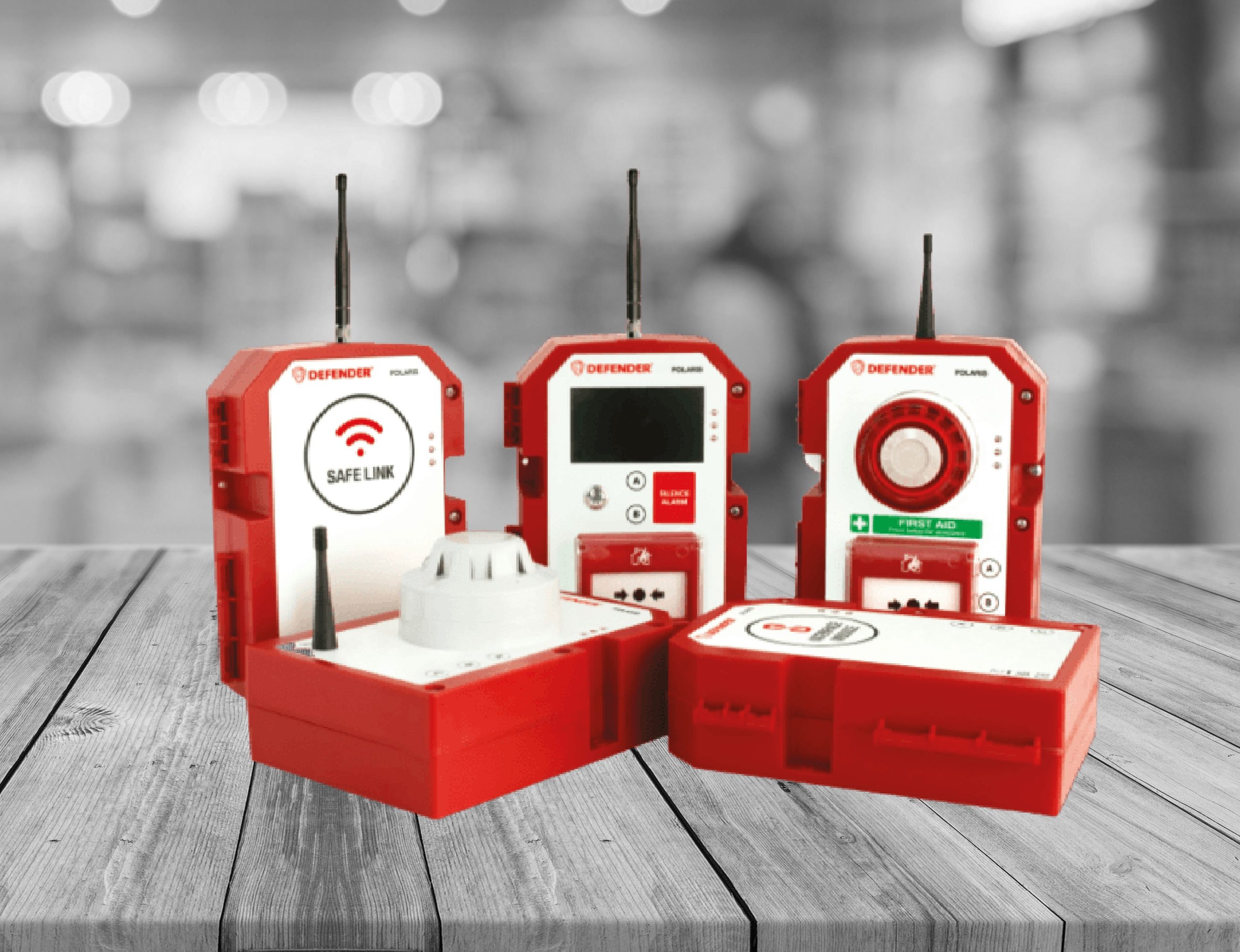Construction sites are inherently high-risk environments with frequent use of flammable materials, heavy equipment, and temporary structures. This combination creates a unique set of fire hazards. Despite stringent safety measures, the dynamic nature of construction often makes it challenging to maintain continuous fire safety. A fire alarm system with continuous self-fault monitoring capabilities can offer construction sites a substantial safety advantage, ensuring that the alarm system is consistently functional and reliable.
In the absence of a continuously monitored system, construction sites might face unexpected downtimes due to equipment malfunctions, leading to delays in detecting potential fire risks. A fire alarm system with self-fault monitoring ensures that if any component, sensor, or communication channel fails, it is immediately flagged. This allows the site manager/fire marshall to address issues before they become critical. Unlike traditional fire alarms, which might not reveal problems until they are tested or activated, self-monitoring systems automatically identify and notify personnel of any deficiencies, preventing gaps in safety coverage.
On a busy construction site, manual inspections can be inconsistent or overlooked due to a high volume of tasks and workers with varying expertise levels. Self-fault monitoring in fire alarm systems reduces reliance on manual inspections, minimizing human error and ensuring constant, automatic checks. These systems not only highlight faults as they occur but also provide a real-time, automated approach to fault detection, allowing personnel to focus on other safety-critical tasks. This consistency is particularly valuable on sites where equipment and safety systems may be exposed to dust, moisture, and fluctuating power supplies that could otherwise impair a fire alarm’s function.
In the event of a fire, every second counts. The ability of a fire alarm system to immediately detect faults ensures that the system is always operational and ready to respond without delay. If a fire alarm is compromised by a fault, an emergency can escalate before any action is taken. With self-monitoring capabilities, fire alarm systems can prevent these delays by keeping the system operational and efficient around the clock. If a fault is detected, these systems can alert onsite personnel, supervisors, and even offsite monitoring centre instantly, allowing swift action to be taken.
Most construction projects are governed by strict safety regulations that require regular fire alarm checks and maintenance. A fire alarm system with continuous self-fault monitoring capabilities can automatically log system health and alert conditions, simplifying compliance with regulatory standards
While self-fault monitoring systems may initially cost more than traditional fire alarm systems, their ability to reduce maintenance costs and limit expensive repairs over time can result in significant savings. By identifying and addressing faults early, these systems reduce the likelihood of a complete system failure, which could be costly to repair and potentially disrupt construction timelines. Preventive measures also save money by reducing the frequency of manual inspections, allowing construction teams to allocate resources more effectively.

